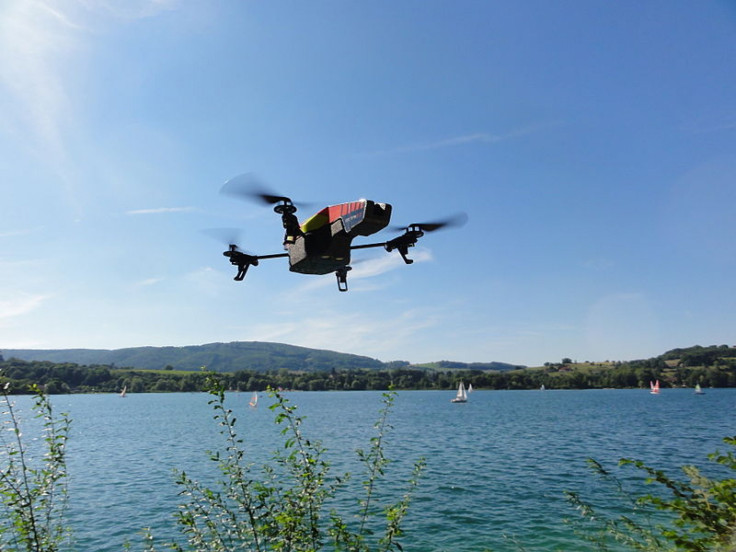Drones In American Airspace: The FAA Selects Six Operators To Test Viability Of Allowing Drones To Fly In America

As the U.S. commercial sector looks to make use of increasingly advanced drone technology for business use, the Federal Aviation Administration announced Monday six public entities that will develop unmanned aircraft research and test sites around the country over the next several years.
The hope for commercial sector businesses is that the FAA will loosen regulation on the U.S. airspace that will enable drones to operate in a number of capacities.
When considering the site operators, the FAA considered geography, climate location of ground infrastructure, research needs, airspace use, safety, aviation experience and risk.
“These test sites will give us valuable information about how best to ensure the safe introduction of this advanced technology into our nation’s skies,” said Transportation Secretary Anthony Foxx.
The FAA will assist in the program ensuring that site operators set up a safe testing environment and will provide oversight until the program is complete.
“Safety continues to be our first priority as we move forward with integrating unmanned aircraft systems into U.S. airspace,” said FAA Administrator Michael Huerta. “We have successfully brought new technology into the nation’s aviation system for more than 50 years, and I have no doubt we will do the same with unmanned aircraft.”
The selected six and a summary of their remit is below:
University of Alaska: The University of Alaska proposal contained a diverse set of test-site range locations in seven climatic zones as well as geographic diversity with test-site range locations in Hawaii and Oregon. The research plan includes the development of a set of standards for unmanned aircraft categories, state monitoring and navigation. Alaska also plans to work on safety standards for UAS operations.
State of Nevada: Nevada’s project objectives concentrate on UAS standards and operations as well as operator standards and certification requirements. The applicant’s research will also include a concentrated look at how air-traffic-control procedures will evolve with the introduction of UAS into the civil environment and how these aircraft will be integrated with NextGen. Nevada’s selection contributes to geographic and climatic diversity.
New York’s Griffiss International Airport: Griffiss International plans to work on developing test and evaluation as well as verification and validation processes under FAA safety oversight. The applicant also plans to focus its research on sense and avoid capabilities for UAS, and its sites will aide in researching the complexities of integrating UAS into the congested, Northeast airspace.
North Dakota Department of Commerce: North Dakota plans to develop UAS airworthiness essential data and validate high reliability link technology. This applicant will also conduct human factors research. North Dakota’s application was the only one to offer a test range in the Temperate (continental) climate zone and included a variety of different airspace, which will benefit multiple users.
Texas A&M University – Corpus Christi: Texas A&M plans to develop system safety requirements for UAS vehicles and operations with a goal of protocols and procedures for airworthiness testing. The selection of Texas A&M contributes to geographic and climactic diversity.
Virginia Polytechnic Institute and State University (Virginia Tech): Virginia Tech plans to conduct UAS failure mode testing and identify and evaluate operational and technical risks areas. This proposal includes test-site range locations in both Virginia and New Jersey.
© Copyright IBTimes 2024. All rights reserved.





















